Showroom
Prefabricated Steel Structure uses the process of assembling buildings or their components away from the construction site. The strategy reduces construction expenses by reducing time, labor, and material expenditures. Light corrugated steel sheeting for both walls and roofs is the most cost-effective coverage for this structure.
Prefabricated Shed costs vary depending on size, building material, and capacity, but it is significantly less than the cost of standard slab buildings. This is used to store lawn tractors and gardening supplies, as well as other home and garden tools and equipment. This is easy to use and simple to handle.
Prefabricated Building is inexpensive. The usage of a standing seam roof is simple cost-cutting. It is versatile and offer architectural possibilities. This is quality and durable buildings. This is low maintenance as well as sustainable. It is presently employed in a wide range of structures, including low-rise, medium-rise, and skyscrapers.
A prefabricated Warehouse is a type of warehouse which is used to provide enough storage space. Steel beams, columns, trusses, and other steel parts make up a prefabricated steel building for a warehouse. Bolts, joists, rivets, and other methods are used to connect the various components.
Deck Sheet has a ribbed profile with embossment that interlocks with concrete slabs to create a reinforced concrete slab that functions as a permanent form and positive reinforcement simultaneously. Thermal power plants, multilayer automobile shade parking, and multi-story residential and commercial buildings are just a few of the uses for this sheet.
Modern architecture is incomplete without ACP cladding. This building material is lightweight, versatile, and durable. The aluminum composite panel cladding allows for design flexibility which is why considered a popular material by designers and builders. The panels supplied by our company are fire-resistant, easy to install, and cost-effective.
A glass façade of any building is created by carefully installing glass panels supported by a metal framework. The glass curtain wall creates a transparent appearance. It improves architectural design, improves energy efficiency in the building, and creates visually appealing building exteriors.
Contact us to get a metal railing for your setting. Our company supplies the railing in desired shape and size which can be easily installed to provide safety and fall protection and improve the overall aesthetics and appearance of a structure. It is durable, versatile, and guides people with mobility challenges.
"We are only dealing in Goa, Gujarat, Karnataka, Maharashtra, Madhya Pradesh, Rajasthan."



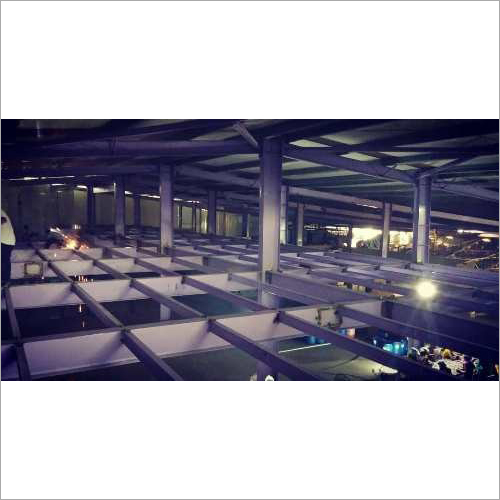
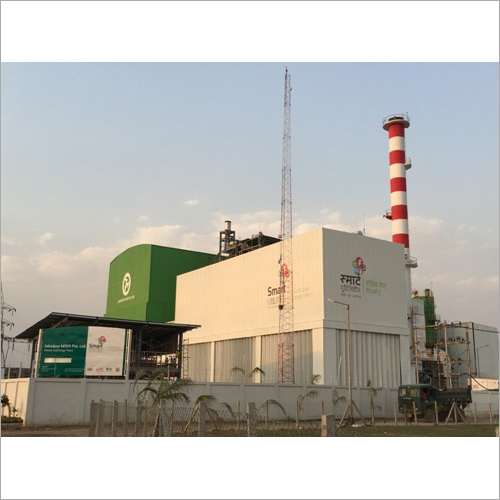
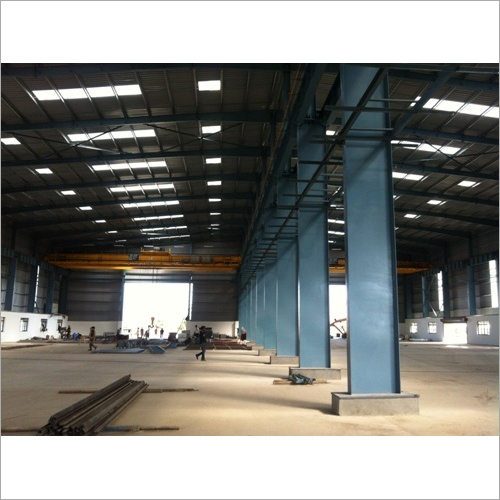
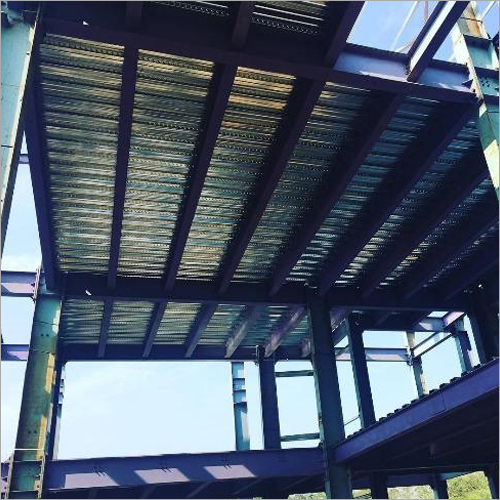
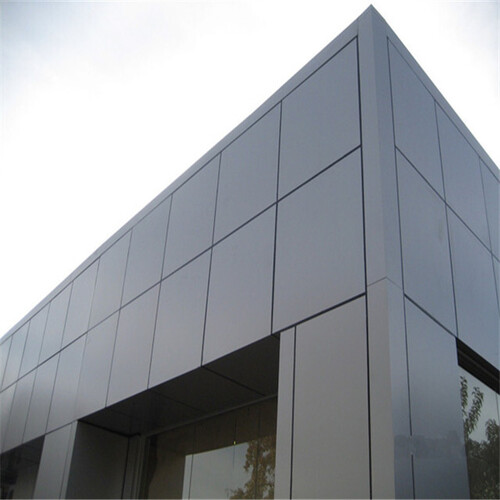


 Call Me Free
Call Me Free


